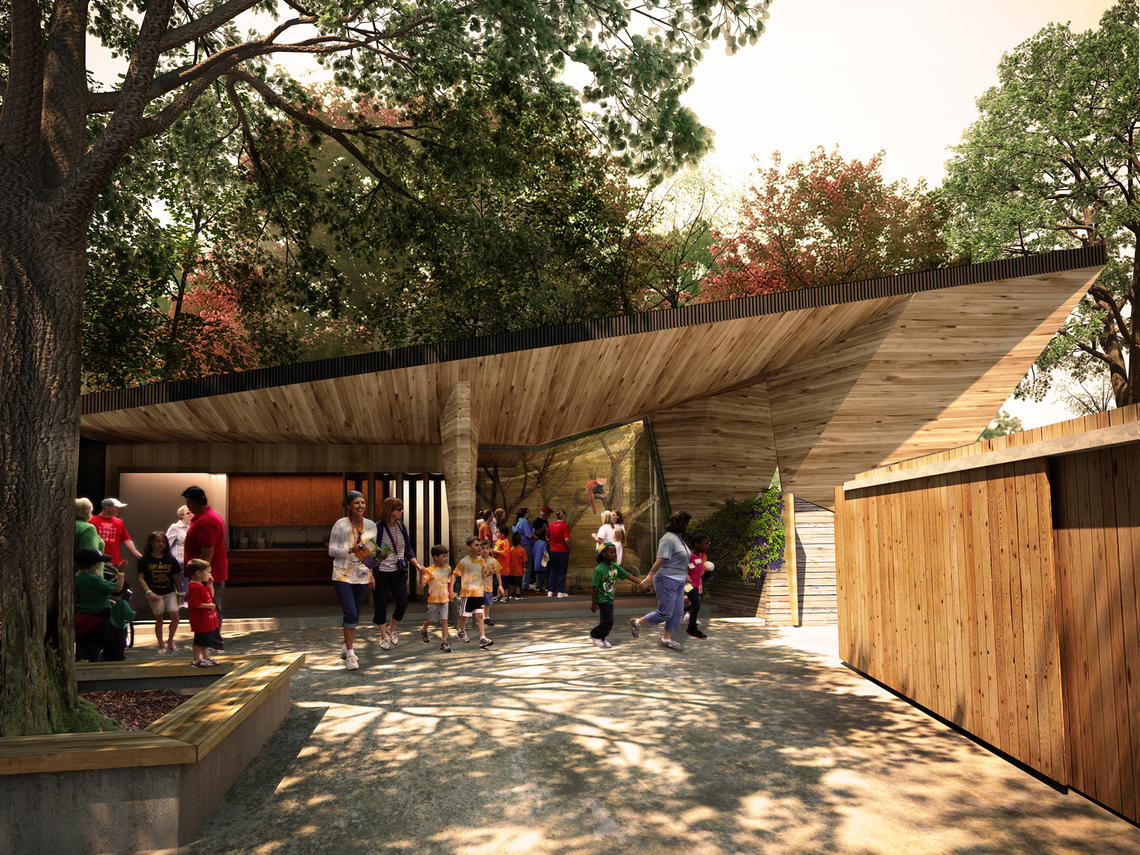A career in architecture is a diverse one. While architecture primarily involves designing buildings, architects can apply their abilities to a range of fields like furniture design, city design, property development, social change, visual artistry, technical research, and many others. Which path will your architectural future take you?
A Master of Architecture degree is your first step to becoming an architect. Architects design across scales — from furniture to cities — and engage in related fields such as real estate, visualization, video game design, public art and technical research. Architects approach design in ways that have incredible impacts on social and economic conditions.
As an architect, your daily activities could vary considerably. Design is a main part of the job – which means planning, visualizing, relating, selecting, discarding, synthesizing and creating solutions. However, technical know-how, legal and administrative knowledge, and a grounding in good business practice, marketing, communications and PR are also critical skills. Activities might include securing contracts, resolving client/contractor issues, estimating costs, producing drawings and documents, calling tenders, reviewing work on sites, business development and public relations. Every commission, every task, is different.
Whether working independently or as part of a large multinational practice, the career of an architect can take many forms. The Royal Architectural Institute of Canada (RAIC) provides comprehensive definitions for what is an architect, what is an architectural practice and what is architecture.Because the education is richly interdisciplinary, architecture graduates often enter into allied disciplines or career paths that require critical thinkers who can synthesize varied forms of information. Some have become renowned artists, prominent journalists, politicians, social entrepreneurs and other professions that share a commonality: the individual is personally motivated to shape the change that they see the world needs. Meet some of our alumni.
Our MArch program opens many doors. Which path will your architectural future take?
Becoming a registered architect
Each province has its own architectural association and while each has its own set of rules with regards to becoming a registered architect, there are three common components. The first step is earning a Master of Architecture degree accredited by the Canadian Architectural Certification Board (CACB). The second stage is internship, which involves getting specified architectural work experience. Often it takes three to five years to acquire the required variety of experience necessary. Finally, candidates must complete a series of professional exams and any other requirements set by their provincial association. More information on this process is available on the websites of the RAIC and the Alberta Association of Architecture (AAA).
Reciprocity in North America
The Mutual Recognition Agreement (MRA) between Canada and United State was jointly developed by the Canadian Architectural Licensing Authorities (CALA), the National Council of Architectural Registration Boards (NCARB) and the Federación de Colegios de Arquitectos de la República Mexicana (FCARM) in order to remove barriers and provide qualified architects the opportunity to offer professional services across borders while ensuring the protection of the public health, safety, and welfare.
A School of Architecture, Planning and Landscape education can prepare you to meet the challenges facing architects in the 20th century and equip you for success.

